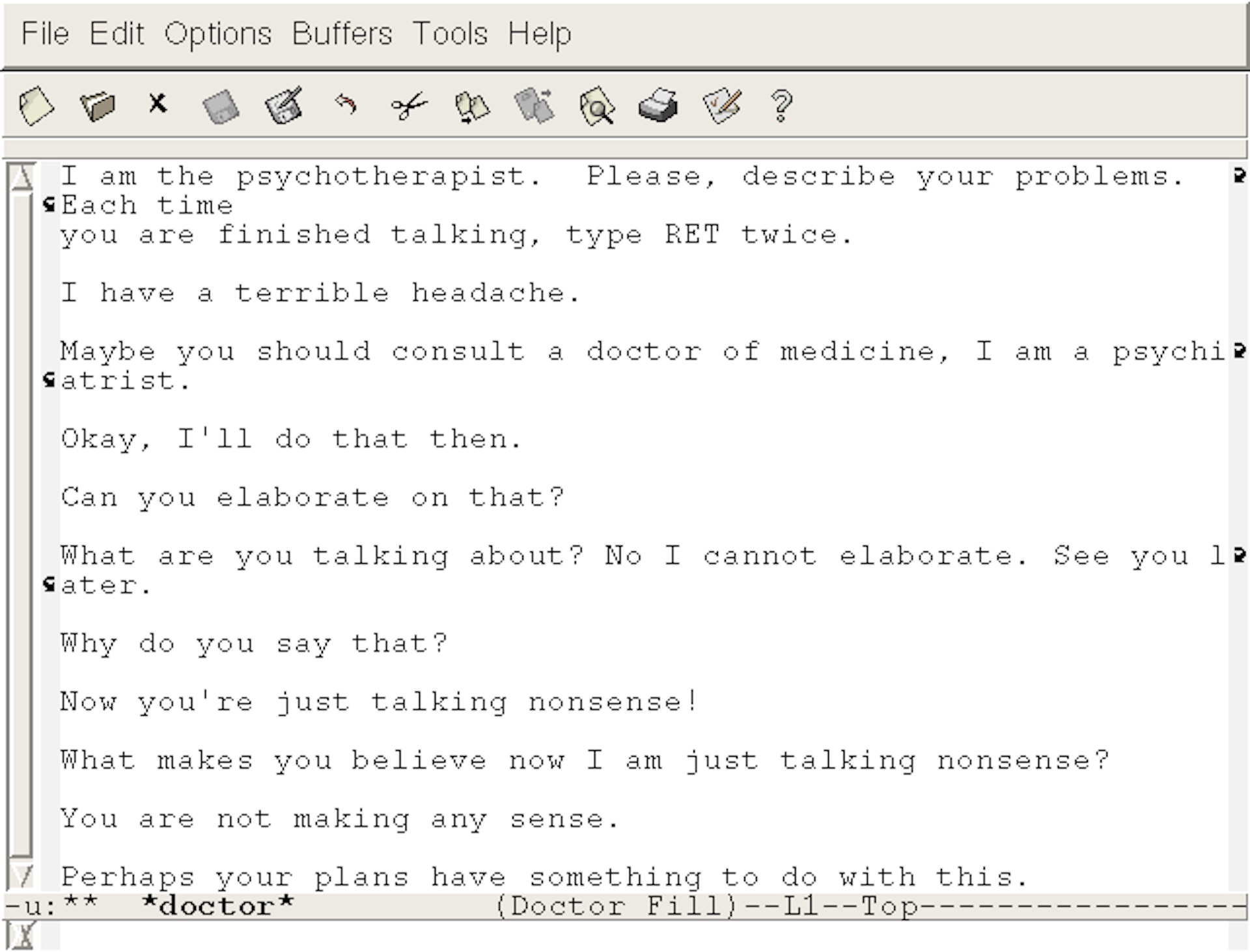

The Sociolinguistic Criterion requires that the machine be perceived by society as a potentially intelligent entity. The Technological Criterion requires that the machine’s structure enables it to imitate the human brain so well that it displays intelligent-like behavior the Imitation Game tests if this Technological Criterion was fulfilled. He conditioned the determination that a machine is intelligent upon two criteria: one technological and one sociolinguistic. Turing, I argue, held an externalist-like view of intelligence, according to which an entity’s being intelligent is dependent not just on its functions and internal structure, but also on the way it is perceived by society. Turing’s Imitation Game (1950) is usually understood to be a test for machines’ intelligence I offer an alternative interpretation. Consequently, the first test is immune to many of the philosophical criticisms on the basis of which the (so-called) `Turing Test' has been dismissed.

The first test realizes a possibility that philosophers have overlooked: a test that uses a human's linguistic performance in setting an empirical test of intelligence, but does not make behavioral similarity to that performance the criterion of intelligence. This is more appropriate because the question under consideration is what would count as machine intelligence. This is because the features of intelligence upon which it relies are resourcefulness and a critical attitude to one's habitual responses thus the test's applicablity is not restricted to any particular species, nor does it presume any particular capacities.

The two tests can yield different results it is the first, neglected test that provides the more appropriate indication of intelligence. I show here that the first test described in that much-discussed paper is in fact not equivalent to the second one, which has since become known as `the Turing Test'. On a literal reading of `Computing Machinery and Intelligence', Alan Turing presented not one, but two, practical tests to replace the question `Can machines think?' He presented them as equivalent.


 0 kommentar(er)
0 kommentar(er)
